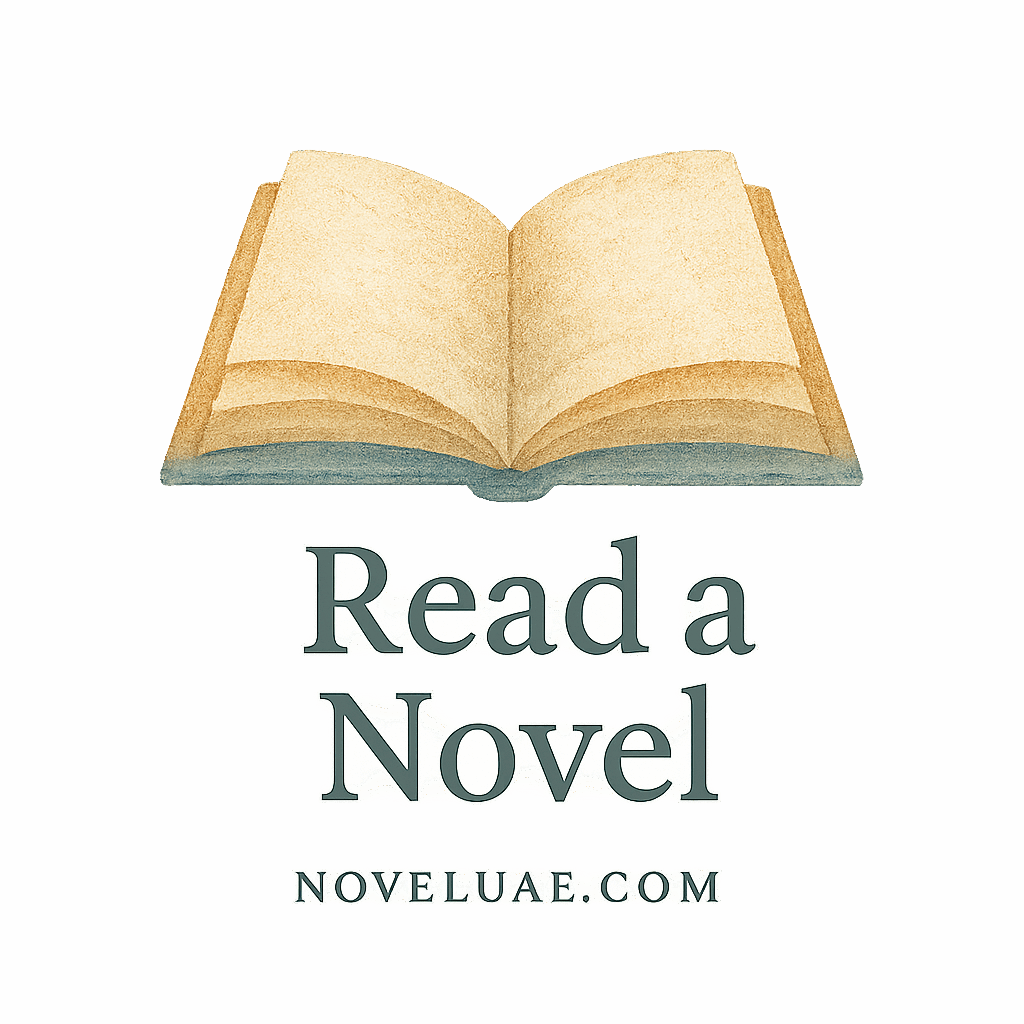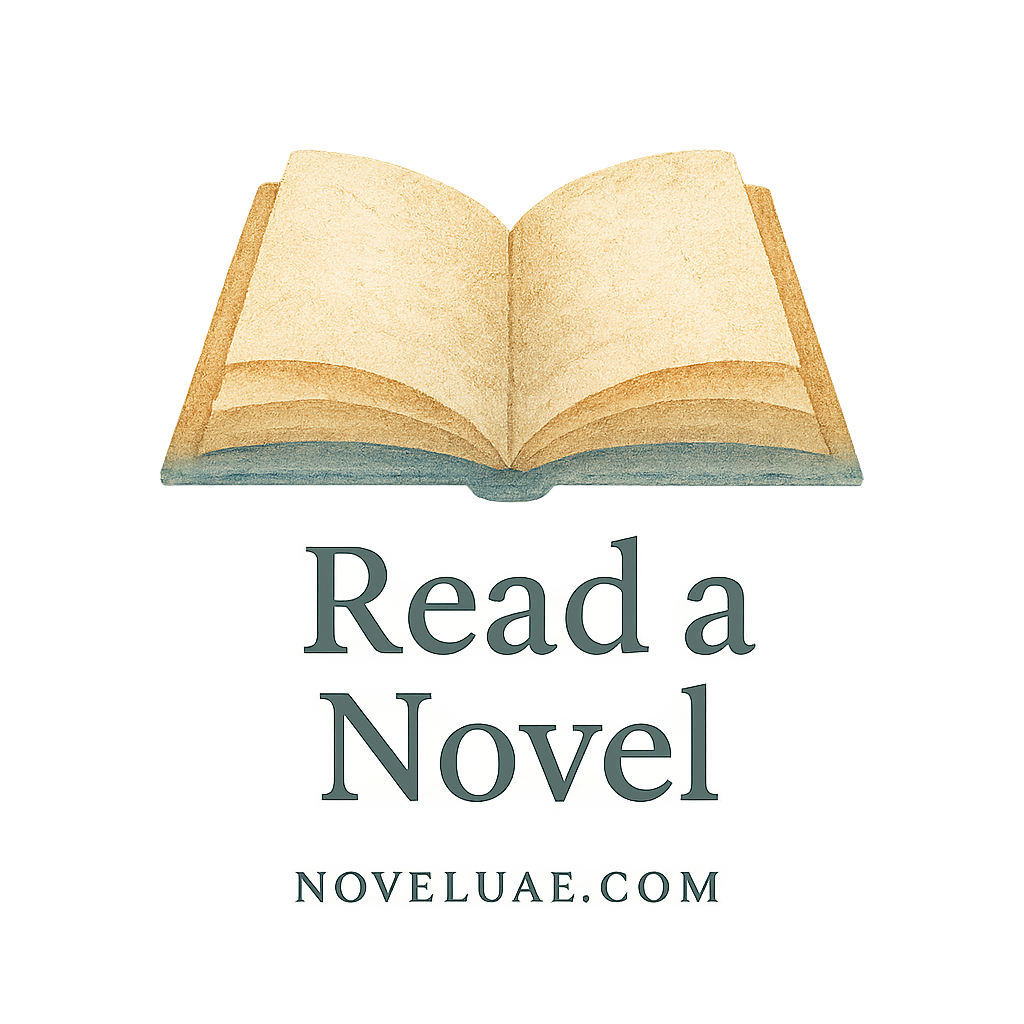Introduction
Ever finished a novel and just sat there… stunned? Whether you’re thrilled, heartbroken, or scratching your head, one thing’s certain: endings matter. In fact, they can make or break a reader’s entire perception of the story.
In this guide, we’re diving deep into the 6 most common types of novel endings, what they mean, and why they leave such a lasting impression. Whether you’re a reader trying to decode that last page or a writer hunting for your perfect finale, we’ve got you covered.
Ready to discover the anatomy of unforgettable endings? Let’s dive in!
1. The Happily Ever After Ending
What It Is
This is the classic fairy tale finale. The villain is defeated, the couple is finally together, and life is good. You close the book with a smile on your face.
Why It Works
People crave closure. These endings satisfy our need for emotional payoff and reward, making us feel safe and hopeful.
Common Genres That Use This Ending
- Romance (Check out our Romance Tag)
- Young Adult
- Fantasy
These genres often rely on emotional satisfaction. If you’re looking for novel suggestions with feel-good finales, check out our Novel Selection Recommendations.
2. The Tragic Ending
What It Is
Not all stories have a happy ending. In a tragic ending, the protagonist may die, lose someone important, or fail in their goal.
Emotional Impact on Readers
Tragic endings leave a deep emotional imprint. Think of books like Of Mice and Men or Romeo and Juliet. They hurt — and they’re unforgettable.
When Authors Choose Tragic Ends
Authors often choose tragic conclusions to:
- Deliver a harsh truth
- Challenge the reader
- Emphasize themes of loss, justice, or fate
Explore more about how conflict and story tension influence these endings in our guides.
3. The Twist Ending
What Makes a Twist Ending Effective
This type of ending pulls the rug from under your feet. If done right, it surprises but still makes perfect sense in retrospect.
Examples and Execution
- The villain was actually the hero’s brother?
- The world was a simulation?
Twist endings rely on tight plot mechanics and carefully placed clues. They thrive in genres like thrillers, horror, and speculative fiction.
Curious how twist endings evolve across genres? Check out our Genre-Based Novel Insights.

4. The Cliffhanger Ending
Why Authors Leave You Hanging
This is when the story ends… just as things get exciting! You don’t know what happens next — because the author won’t tell you. (Yet.)
Is It a Trick or a Treat?
Cliffhangers:
- Create anticipation for sequels
- Fuel online theories
- Sometimes frustrate readers
They work best when there’s a clear story structure and promise of more. Find out how story structure plays into satisfying cliffhangers.
5. The Ambiguous Ending
Love It or Hate It
An ambiguous ending is open to interpretation. You don’t get all the answers. Maybe you don’t get any.
Some readers adore the mystery; others throw the book across the room.
Reader Interpretation and Meaning
These endings invite discussion. Think Inception or Life of Pi. They raise questions about what really happened — and why it matters.
Explore the elements of storytelling that make ambiguity work.
6. The Resolved but Bittersweet Ending
Emotional Complexity
Everything is wrapped up, but it’s not all sunshine. Maybe the hero wins — but at a great cost.
Life Lessons in Fiction
Bittersweet endings often reflect real life. They’re authentic. They remind us that growth often comes with sacrifice.
For those who enjoy this blend of hope and sadness, visit our Beginner’s Guide to Novels to find stories that capture this emotional duality.
How to Recognize an Effective Ending
Not all endings are created equal. What makes one stick while another falls flat?
Look for:
- Emotional resolution
- Thematic tie-in
- Consistent character arcs
- A feeling that the story is truly complete
Visit our post on Reading Strategies for Novels to train your reader’s eye to spot what works — and what doesn’t.
How Ending Types Reflect the Story’s Themes
Every ending mirrors the journey. A tragic story needs a tragic end. A comedy craves joy.
The ending reflects the truth the story is trying to tell.
Dive deeper into genre and elements to see how endings tie into a novel’s overall DNA.
Why Endings Matter More Than You Think
Think of the ending as a first impression in reverse. It’s the last thing readers see — and it lingers.
A powerful ending:
- Encourages re-reading
- Sparks conversations
- Makes readers recommend the book
Want to beat reading slumps or anxiety around unfinished stories? Check out our tips under reading struggles and anxiety.
Crafting Your Own Endings (For Writers)
Tips for New Writers
If you’re writing your first novel, the ending might be the hardest part. Here’s what to remember:
- Know your theme
- Decide what emotional state you want readers to leave with
- Tie up (at least most) loose ends
Get started with our Beginner Guide for writing your first story.
Tools for Plot Resolution
Explore tools like:
- Foreshadowing
- Reversals
- Character arcs
For deeper guidance, our page on writing is your go-to hub.
Final Thoughts
Whether you’re a reader deciphering meaning or a writer crafting that perfect last page, knowing the types of novel endings can transform the way you experience stories.
Endings aren’t just conclusions — they’re interpretations, life lessons, emotional climaxes, and in many ways… the soul of the story.
For more on novel reading, strategy, and storytelling craft, visit noveluae.com — your hub for all things fiction.
FAQs
1. What’s the most popular type of novel ending?
The “Happily Ever After” is most popular, especially in romance and YA fiction. Readers love closure and positive outcomes.
2. Can a novel have more than one type of ending?
Absolutely. Many novels blend types — a twist that leads to a bittersweet finish, for example.
3. Why do authors use ambiguous endings?
They provoke thought, invite interpretation, and often align with complex themes. They’re especially common in literary fiction.
4. Are cliffhangers good or bad?
Depends on execution. Great in a series, frustrating in standalone books if unresolved.
5. How do I analyze a novel’s ending as a reader?
Ask: What emotions does it leave me with? Does it match the story’s themes? What questions does it answer (or raise)?
6. What tools can help me write better endings?
Use story mapping, character arcs, and tools from our writing tips to shape meaningful conclusions.
7. How do I find books with the type of ending I prefer?
Start with our novel selection recommendations and explore by genre, conflict, or story structure.


